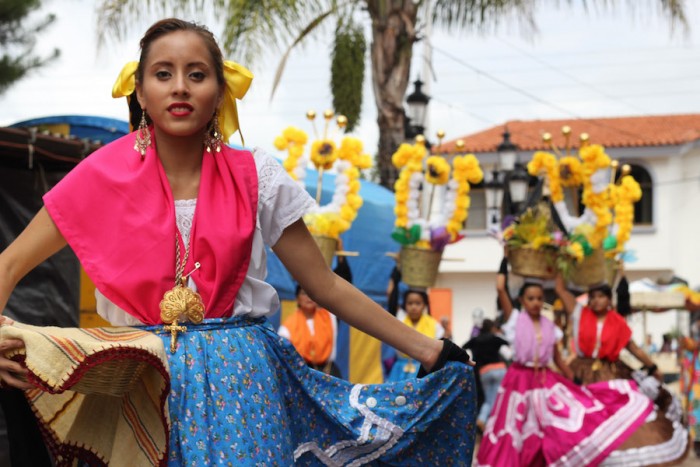
Fireworks shoot out from the limbs of a four-person-tall spinning wheel and explode. Seven different uniform-clad bands belt out music within 50 feet of each other. Neon lights line carnival games. Stands sell fried bananas, tacos and shots of tequila.
It’s 2 a.m. in the little town of Cuautla, Mexico, and everyone’s dancing.
The Santo Santiago festival held in July attracts Seattle area attendees who own restaurant chains such as Azteca, Tacos Guaymas, Las Margaritas, Mazatlan, Torero’s and Ricardo’s. Of the roughly 5,000 guests cycling in and out over the 10 days, more than half drove or flew down from the states, mostly from Washington.
Fifty years ago, though, there were no lavish SUVs with Evergreen-state license plates lining the cobblestone roads of Cuautla, a municipality within the state of Jalisco about 100 miles east of Puerto Vallarta. But, in the early 1970s, the Cuautlan schoolteacher Luz “Lucy Lopez” Lara moved to Seattle and opened the Mexican restaurant Guadalajara in downtown Seattle, pioneering Cuautla’s path from sowing corn seeds to raking in U.S. dollars.
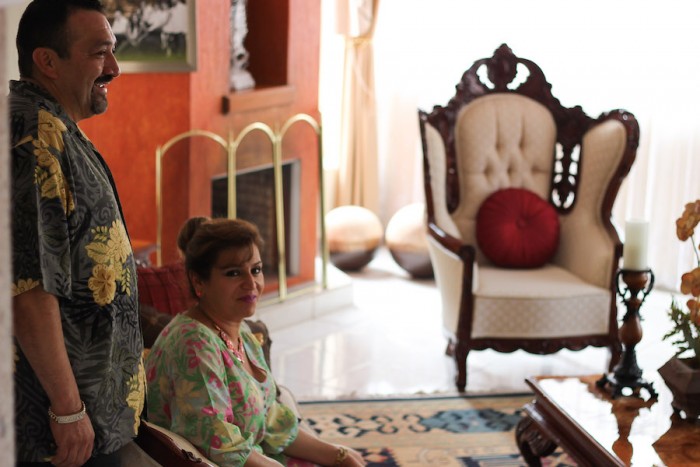
One by one, Cuautlans came to work for her. They began washing dishes, busing and waiting tables. Some eventually opened their own restaurants. Gradually, the town of agriculture workers and adobe “casitas” turned into entrepreneurs and multimillion-dollar, California-style homes.
Cuautlans can’t say for sure why Lucy Lopez chose to move from San Francisco to Seattle with her Spanish husband, says Torero’s owner Ted Rodriguez. Still, they regard her as the pioneer.
When it’s not festival time, locals say less than 2,000 people reside in the town, compared to its 3,640 census-estimated inhabitants in 1970.
“There’s nothing here,” said Laura Rodriguez, who co-owns Ricardo’s in Factoria with her husband Ricardo. She sits at a shiny mahogany dining table while contractors buzz around, working on a bar and an expansive, airy terrace in their Cuautla home.
The U.S. residents continue to invest money into their Cuautlan houses because the Mexican pueblo will always be home, too, she said.
Cuautla’s connection with Washington led in 2001 to its status as a sister city with Renton. In part, Renton residents like Ted Rodriguez helped pave the way to the measure through extensive community involvement. Likewise, Jalisco was dubbed Washington’s sister state.
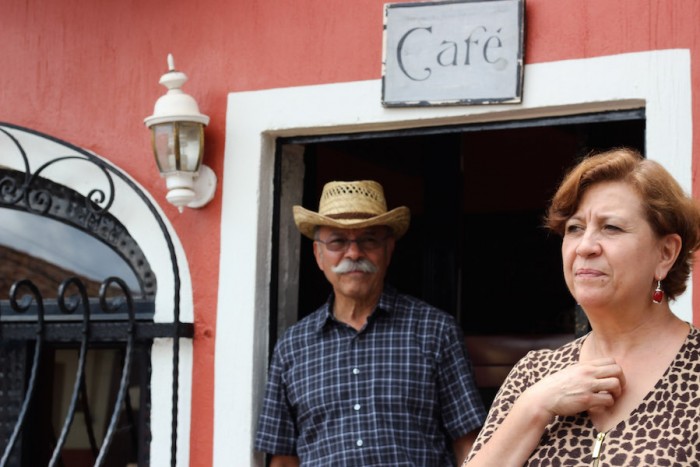
Anabel “Cuca” Sahagun de Garcia who opened and formerly owned four Seattle-area Burrito Loco locations alongside her husband, Alex Garcia, says the transformation of Cuautlans from small townspeople to cooks and managers is a natural one.
“People here have always been hardworking and honest,” she said, sitting at the tiny cafe she now operates in Cuautla.
When she arrived to Seattle in 1995, Sahagun de Garcia says, she craved traditional Mexican food. While restaurants sold Americanized favorites, she wanted a place that tasted like home: with pork tacos, cow tongue and juicy Mexican sandwiches.
So Sahagun de Garcia joined her brother, Salvador Sahagun of Tacos Guaymas, in opening a taqueria.
Salvador Sahagun arrived in 1992 and opened the first Tacos Guaymas in West Seattle. The authentic, counter-style taco joints became a success, with nine now operating in the Seattle area.
Meanwhile, 2,700 miles away, the restaurant owners’ impact seems to be burgeoning just as quickly.
“The Cuautla you know today, is completely different than the Cuautla that used to be,” town president Luis Alberto Robles Peña said while eating at a family-style table among dozens of festival attendees.
Buckets of dollars built a plaza, a $1 million bullfighting ring, paved streets. Before, Robles Peña says, there was no school for children after age 14 or 15. Now, there’s a 1980s-constructed high school and a program that offers university scholarships.
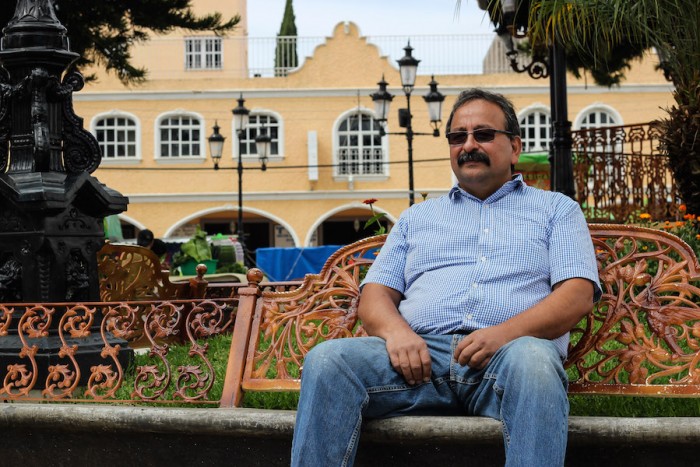
The Mexican government has taken note of the town’s affluence. For every dollar the Cuautlans invest in a project, the state and federal government contributes three times the amount, in a program called “Three to one,” Sahagun Garcia said.
While members of the community praise the entrepreneurs for bringing money to their formerly rural life, complications still arise, Robles Peña said.
Houses are sold in millions of U.S. dollars. An Americano coffee costs $2. Medical visits are twice as expensive as in nearby Morelia. Meanwhile, within the community, Robles Peña said, a person of the laboring class, such as a vendor or farmer, makes about 200 pesos a day, or $12.
An inevitable divide, he said, has spawned between the thousands who migrated and those who stayed.
“We’ve lost a little of the relation,” he admitted. “They’ve brought a different ideology; they’ve brought different traditions. But we’re working to maintain unity.”
With American-born children taking over their parents’ restaurants, many say they don’t anticipate the family businesses to slow down any time soon.
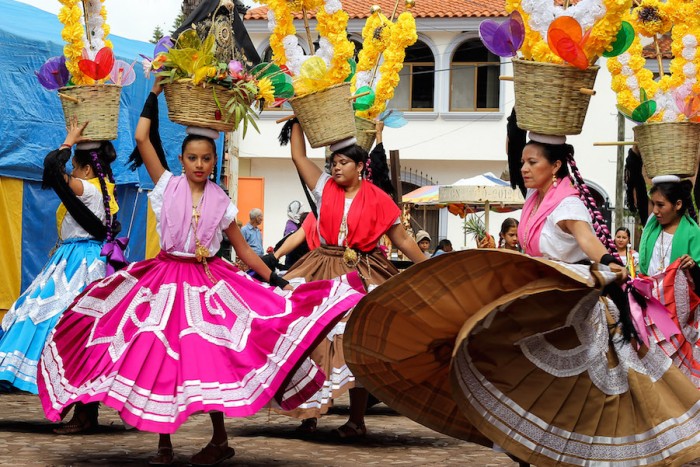
The future of Cuautla, though, remains more uncertain.
“That’s the question on everyone’s minds,” Sahagun said.
Increasingly, fewer former residents return to visit, as families in the states grow. Ten years ago, about double the number of the American residents showed up to the festival, Robles Peña says.
Some of the American-born children, he said, “can’t speak Spanish. They don’t want to. They were born and grew up with two cultures, but the one in which you live dominates. It’s normal.”
Sahagun de Garcia and her husband have sold their four Seattle-area Burrito Loco locations with plans of spending most of their time in Cuautla.
She says her little American-born granddaughters are learning Spanish, love visiting and running free.
“The youngest one told me, ‘I want to live my whole life here,’” she said. “If you bring [the children], and you teach them and they experience life here — they love it.”
This story has been published in partnership with The Seattle Times. View the print version of this story on the front page of the Times’ Sunday Business section published on Aug. 23.


Wonderful article! Your article does a wonderful job of asking questions and telling a story. We could only hope for more positivity
Wonderful article! Your article does a wonderful job of asking questions and telling a story. We could only hope for more positivity